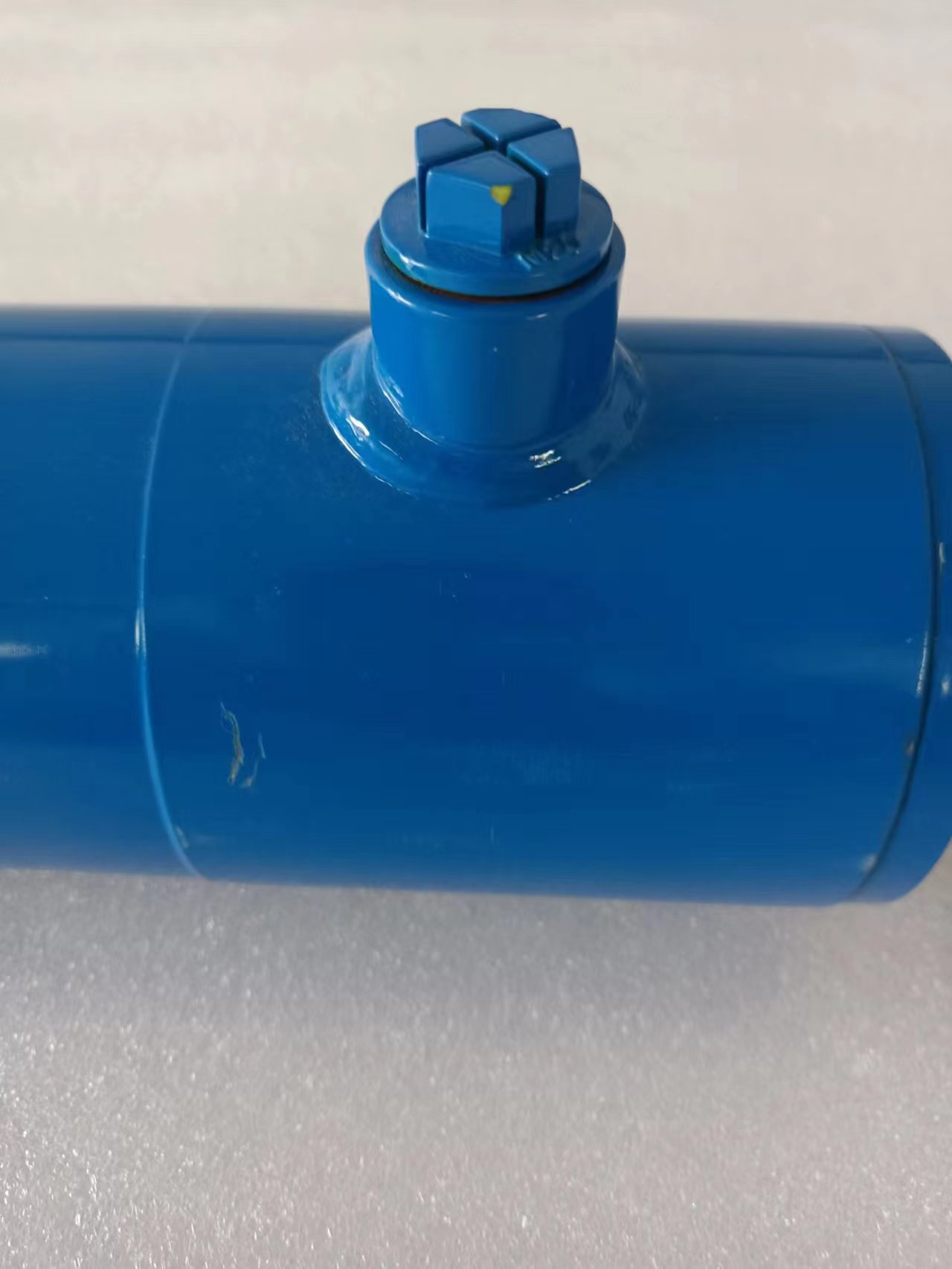Oct . 18, 2024 12:58 Back to list
Top-Quality Hydraulic Hoist Cylinder for Efficient Lifting and Reliable Performance
High-Quality Hydraulic Hoist Cylinder An Essential Component for Lifting Solutions
In the realm of industrial lifting equipment, the hydraulic hoist cylinder stands out as a fundamental component that ensures efficiency and safety in various applications. Whether used in construction, manufacturing, or waste management, the performance of a hydraulic hoist cylinder directly impacts operational effectiveness. This article delves into the significance of high-quality hydraulic hoist cylinders, their components, and key considerations for selection and maintenance.
What is a Hydraulic Hoist Cylinder?
A hydraulic hoist cylinder is a mechanical device that converts hydraulic energy into linear motion. By utilizing pressurized hydraulic fluid, these cylinders can lift heavy loads with precision and control. They are commonly used in applications such as automotive repair lifts, construction cranes, and material handling systems, making them indispensable in industries where heavy lifting is essential.
Why Quality Matters
The quality of a hydraulic hoist cylinder is vital for several reasons
1. Safety High-quality cylinders are engineered to withstand significant loads and pressures. Subpar cylinders can lead to catastrophic failures, putting workers' safety at risk.
2. Durability A well-manufactured hydraulic hoist cylinder will have a longer service life, reducing the need for frequent replacements and saving costs over time. Quality materials and precise manufacturing processes minimize wear and tear.
3. Performance High-quality cylinders offer consistent and reliable performance, enabling smooth operation even under challenging conditions. This reliability is crucial in maintaining productivity levels in industrial settings.
4. Efficiency Quality hydraulic systems minimize energy loss and optimize lifting capabilities, which is essential for reducing operational costs in high-volume environments.
Key Components of Hydraulic Hoist Cylinders
Understanding the components of a hydraulic hoist cylinder can shed light on what makes a quality product
1. Cylinder Tube The outer casing that houses the hydraulic fluid and contains the internal components. High-quality materials reduce the risk of corrosion and damage.
2. Piston The moving part that creates the lifting force. It must fit precisely within the cylinder to maintain efficiency and avoid leakage.
3. Seals and Gaskets These components prevent hydraulic fluid from leaking and ensure that the cylinder maintains proper pressure. Quality seals are essential for long-term functionality.
high quality hydraulic hoist cylinder

4. Ports and Connectors These ensure reliable fluid flow into and out of the cylinder. Poor quality can lead to leaks and inefficiencies.
Selecting the Right Hydraulic Hoist Cylinder
When choosing a hydraulic hoist cylinder, several factors are important to consider
1. Load Capacity Assess the maximum weight that the cylinder will need to lift and select a product that can handle a higher capacity for added safety.
2. Stroke Length Determine the necessary lift height and choose a cylinder with an appropriate stroke length.
3. Pressure Rating Evaluate the operating pressure required for your applications and select a cylinder that matches or exceeds these specifications.
4. Material and Construction Opt for cylinders made from high-grade materials, such as carbon steel or aluminum, which offer both strength and resistance to wear.
5. Manufacturer Reputation Consider purchasing from reputable manufacturers known for producing high-quality hydraulic components. Look for certifications and industry standards that validate their products.
Maintenance Tips for Longevity
To ensure the longevity and efficiency of a hydraulic hoist cylinder, routine maintenance is crucial
1. Regular Inspections Check for signs of wear, leaks, or damage. Early detection can prevent larger issues.
2. Fluid Quality Use appropriate hydraulic fluid and change it regularly to prevent contamination that can damage internal components.
3. Cleanliness Keep the cylinder and surrounding equipment clean to avoid debris entering the system, which can lead to breakdowns.
4. Seal Maintenance Regularly inspect and replace seals as necessary to maintain pressure and prevent leaks.
In conclusion, high-quality hydraulic hoist cylinders are essential for safe and efficient lifting operations across various industries. By prioritizing quality, understanding the critical components, and following maintenance best practices, businesses can ensure smooth operations and a high return on investment. Investing in quality hydraulic cylinders is not merely a choice; it’s a commitment to safety, efficiency, and reliability in heavy lifting applications.
-
Fork Lift Power Units - Hebei Shenghan | Efficiency, Reliability
NewsJul.13,2025
-
1.5-Ton Turbocharged Cylinder-Hebei Shenghan|Hydraulic Solution,Energy Efficiency
NewsJul.13,2025
-
Auto Hoist Power Units-Hebei Shenghan|Efficiency&Industrial Lifting
NewsJul.13,2025
-
Double Acting Power Units-Hebei Shenghan|Hydraulic Solutions,Industrial Efficiency
NewsJul.13,2025
-
1.5 Ton Lifting Cylinder 70/82-40-290-535 - High-Performance Hydraulic Solution | Hebei Shenghan
NewsJul.13,2025
-
Fork Lift Power Units - Hebei Shenghan | Efficiency&Reliability
NewsJul.13,2025
